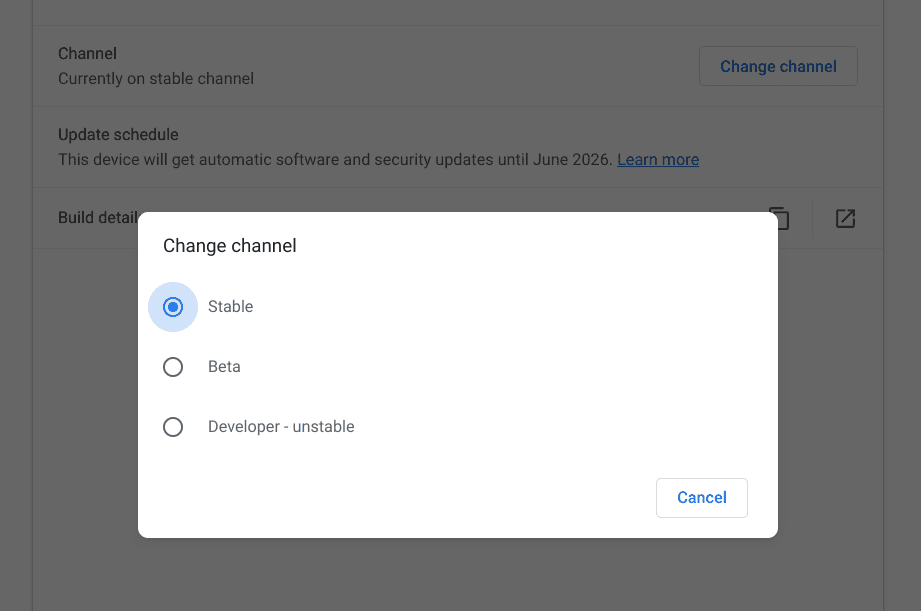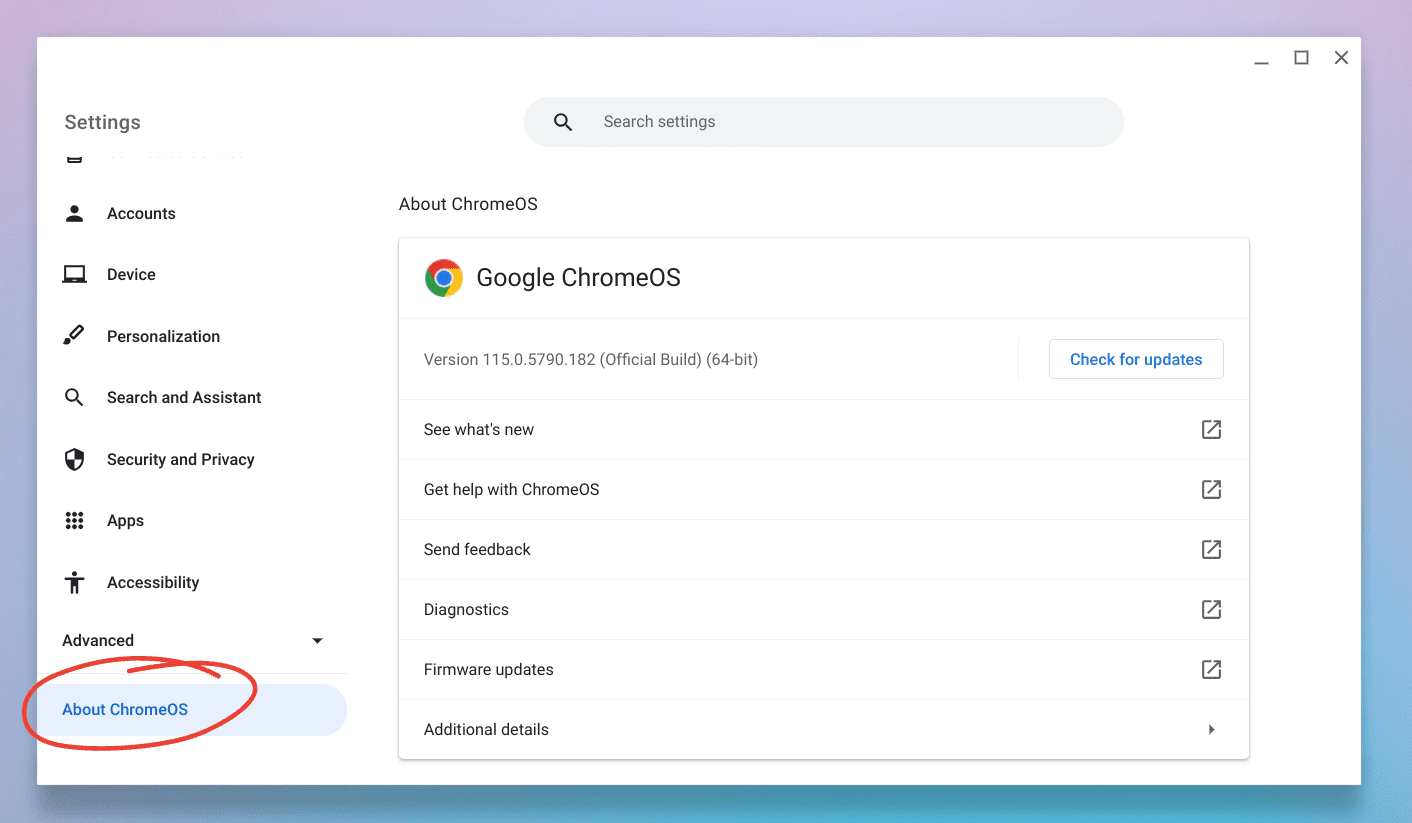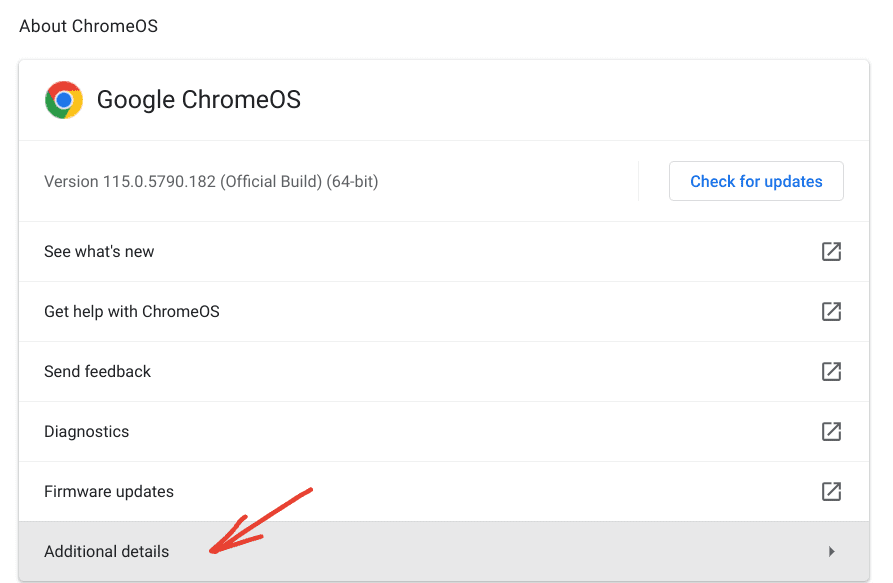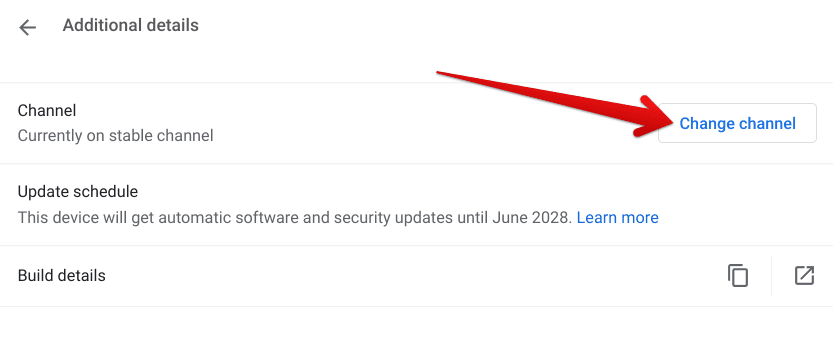If you’ve ever owned or used a Chromebook, you might have come across mentions of “ChromeOS channels”. For those unfamiliar, ChromeOS channels might sound like some mysterious underground community. But in reality, they are more straightforward and quite beneficial to users who want to tailor their Chromebook experience. Here’s an all-inclusive guide to ChromeOS channels.
A brief history of my tryst with ChromeOS channels
When I first got my hands on a Chromebook, I was a regular user. All I wanted was to power up the device and get things done. But the more I delved into its ecosystem, the more I felt like Alice in Wonderland – there was so much more to explore and understand. And that’s when I first stumbled upon ChromeOS channels. Over time, I’ve dabbled with each channel, noting down its peculiarities and quirks, which I am excited to share with you.
What exactly are ChromeOS channels?
In the simplest terms, ChromeOS channels are different versions of the Chrome operating system that cater to various user needs. Think of them as pathways to experiencing ChromeOS. Each pathway (or channel) has been designed with a specific user type in mind. They decide how frequently your Chromebook updates and what kind of features you get access to.
The four main channels of ChromeOS

ChromeOS Channels
ChromeOS boasts four primary channels. Each one differs in terms of stability and access to new features:
1. Stable channel
- What it offers: As the name implies, this channel is for users who seek a reliable and consistent experience. It offers the most tested version of ChromeOS. If you’re someone who doesn’t like surprises and wants their device to function without hiccups, this is your channel.
- My take: When I’m busy and don’t have the luxury to troubleshoot or explore, the Stable channel is my safe haven. It offers me peace of mind.
2. Beta channel
- What it offers: A step ahead of the Stable channel, the Beta channel gives you a glimpse into features that will eventually make their way to the masses. While more reliable than some channels, there’s still a slight risk of encountering bugs.
- My take: The Beta channel reminds me of sneaking into a movie preview. It’s fun and exciting, and while there’s an element of uncertainty, it’s still mostly a smooth experience.
3. Dev channel (Developer)
- What it offers: For those with an adventurous spirit, the Dev channel provides access to the latest features and updates. However, this comes with increased vulnerability to bugs. Not recommended for the faint-hearted or for critical tasks.
- My take: My experiences with the Dev channel have been a rollercoaster. While it’s exhilarating to get first dibs on features, the occasional bugs make me think twice before using it for important work.
4. Canary channel
- What it offers: The Canary channel is the wildest of them all. It’s an unfiltered version of ChromeOS, receiving updates daily. While you’ll be at the forefront of every new change, expect a significant number of bugs and glitches. In order to activate this mode, you need to first switch to Developer mode.
- My take: I dove into the Canary channel once, out of sheer curiosity. It felt like walking on a tightrope without a safety net below. Thrilling, but not my regular cup of tea.
Switching between channels: A how-to guide
If you’re eager to hop from one channel to another, the process is surprisingly straightforward. But before you do, ensure your data is backed up because switching may erase local information.
1. Open the Settings on your Chromebook.

Launch Chrome OS Settings
2. Go to About Chrome OS at the bottom.

About ChromeOS tab in Settings App
3. Click on Additional details.

ChromeOS Additional Settings
4. Next to “Channel”, click on Change channel.

Clicking on “Change channel”
5. Select the channel you want and follow the on-screen instructions.

ChromeOS Channels
Why would someone want to switch channels?
Good question! Switching channels is not just about being adventurous. It can be motivated by various reasons:
- Early access to features: Tech enthusiasts or reviewers might want to get their hands on the latest features before they roll out to the general public.
- Development: Developers might need to test their apps or extensions in different environments.
- Personal preference: Some users might be okay with occasional bugs and prioritize having new features over rock-solid stability.
A few things to remember
While channels offer versatility, there are a few things I’d advise based on personal experiences:
- Backup often: Given the instability in the more experimental channels, always have a backup of your important data.
- Patience is a virtue: If you’re in the Dev or Canary channel, remember that bugs are part and parcel of the experience.
- Revert if needed: There’s no shame in moving back to a more stable channel if things get too rocky.
Conclusion: Finding the right channel for you
My venture through the different ChromeOS channels has been one of discovery. I’ve experienced the calm waters of the Stable channel and navigated the tumultuous seas of Canary. Each channel serves a purpose and caters to different appetites for risk and novelty.
If you’re new to Chromebooks, start with the Stable channel. It offers a seamless experience. But if the adventurer in you beckons, the other channels await with the promise of new horizons to explore. Just to enjoy the journey, and don’t hesitate to switch lanes if another channel beckons. Safe travels in the world of ChromeOS!
